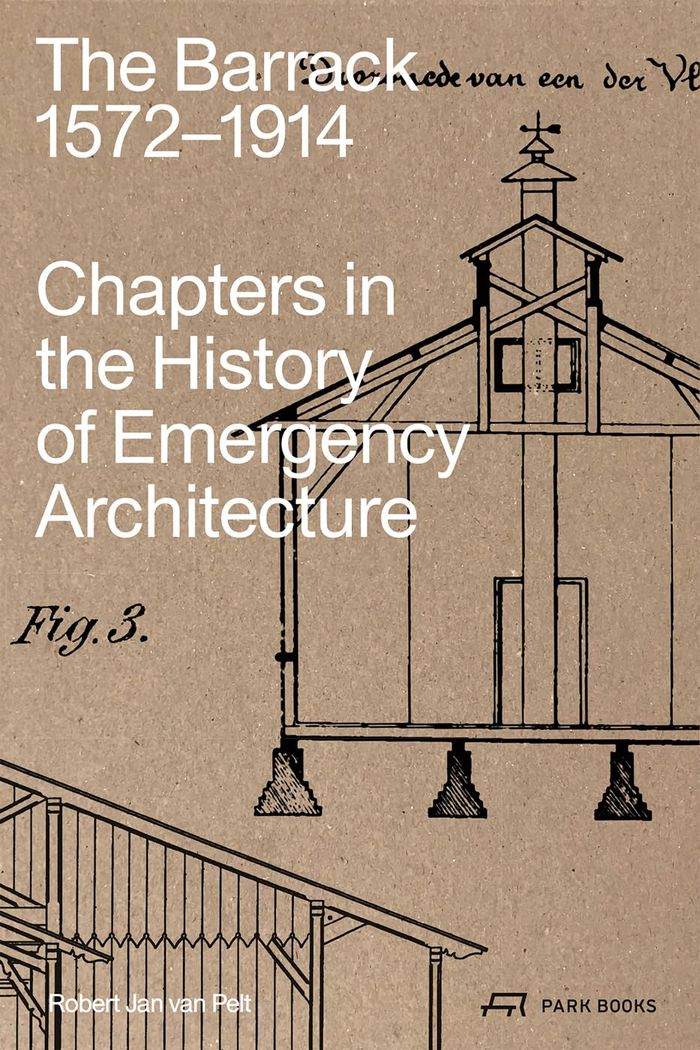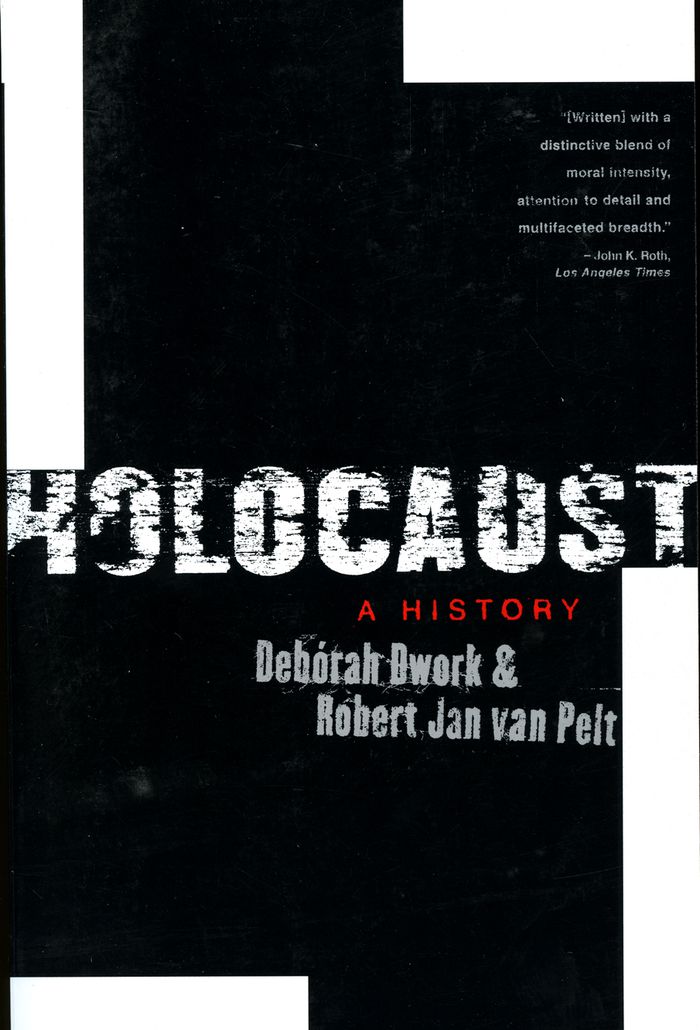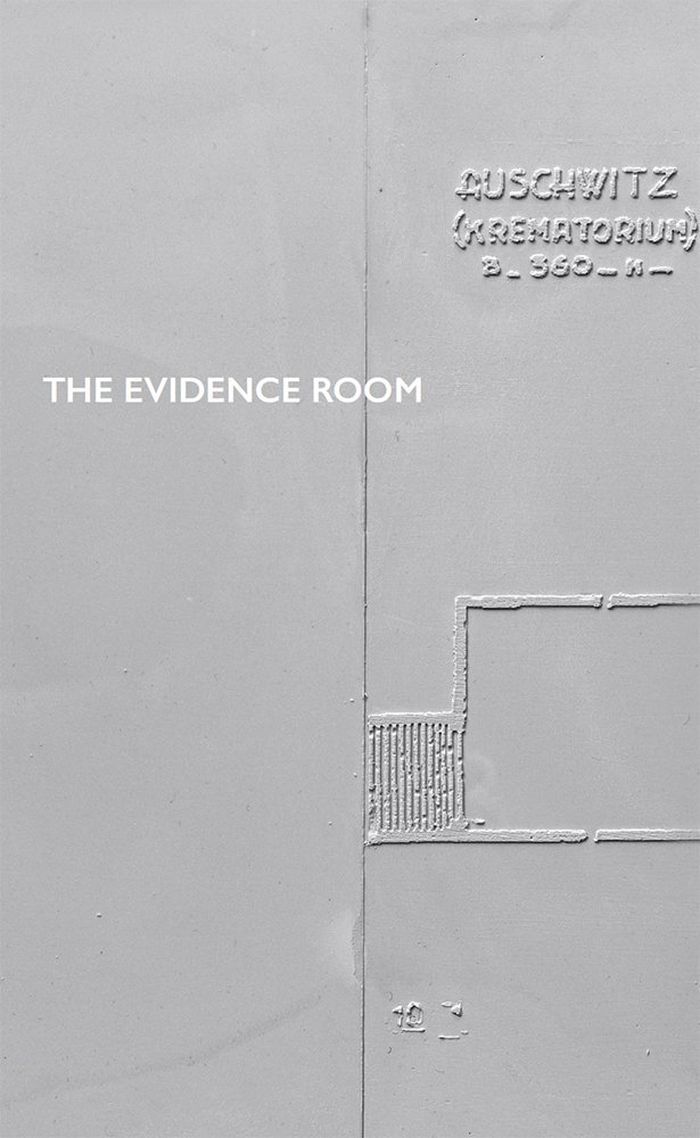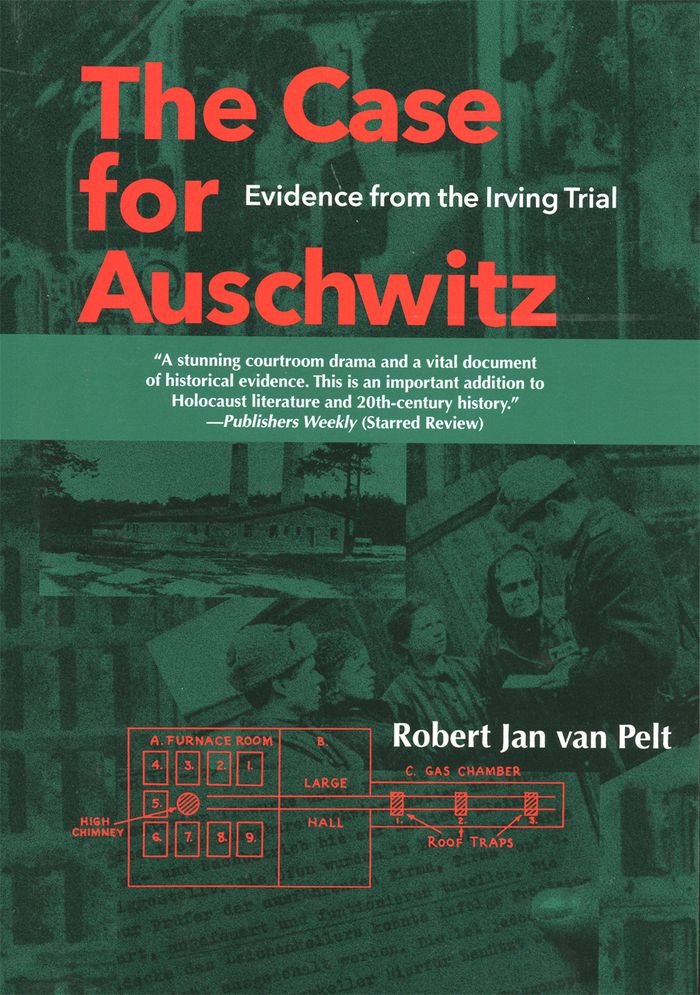$75.95
(disponible en magasin)
Résumé:
"The Barrack, 1572–1914" tells the little-known history of a building type that many people used to register as an alien interloper in conventionally built-up areas. The barrack is a mostly lightweight construction, a hybrid between a shack, tent, and traditional building. Easy to erect and to take down, it is—after the introduction of railways and later motor vehicles in(...)
décembre 2024
The Barrack: 1572-1914. Chapters in the history of emergency architecture
Actions:
Prix:
$75.95
(disponible en magasin)
Résumé:
"The Barrack, 1572–1914" tells the little-known history of a building type that many people used to register as an alien interloper in conventionally built-up areas. The barrack is a mostly lightweight construction, a hybrid between a shack, tent, and traditional building. Easy to erect and to take down, it is—after the introduction of railways and later motor vehicles in the late 19th and early 20th centuries—also easy to transplant from one location to another. Originating as a standardized accommodation for semi-permanent military encampments in the late sixteenth century, the barrack became a mass-produced utility of military and civilian mobilization in the nineteenth century, providing immediate shelter for soldiers, prisoners, or displaced persons, as well as well-ventilated hospital wards for the sick. The barrack played a decisive role in shaping the political space of modernity.
The Holocaust: a history
$23.95
(disponible sur commande)
Résumé:
''Holocaust'' illuminates the long march of events, from the Middle Ages to the modern era, which led to this great atrocity. It is a story of all Europe, of Nazis and their allies, the experience of wartime occupation, the suffering and strategies of marked victims, the failure of international rescue, and the success of individual rescuers. ''Holocaust'' uniquely makes(...)
The Holocaust: a history
Actions:
Prix:
$23.95
(disponible sur commande)
Résumé:
''Holocaust'' illuminates the long march of events, from the Middle Ages to the modern era, which led to this great atrocity. It is a story of all Europe, of Nazis and their allies, the experience of wartime occupation, the suffering and strategies of marked victims, the failure of international rescue, and the success of individual rescuers. ''Holocaust'' uniquely makes use of oral histories recorded by the authors over fifteen years across Europe and the United States, as well as never-before-analyzed archival documents, letters, and diaries; it contains in addition seventy-five illustrations and sixteen original maps, each accompanied by an extended caption.
Expositions en cours
The evidence room
$40.95
(disponible en magasin)
Résumé:
Internationally renowned and award-winning historian Dr. Robert Jan van Pelt's 'The Evidence Room' is a chilling exploration of the role architecture played in constructing Auschwitz-arguably the Nazis' most horrifying facility. 'The Evidence Room' is both a companion piece to, and an elaboration of, the upcoming exhibit at the 2016 Venice Architecture Biennale and at the(...)
juin 2016
The evidence room
Actions:
Prix:
$40.95
(disponible en magasin)
Résumé:
Internationally renowned and award-winning historian Dr. Robert Jan van Pelt's 'The Evidence Room' is a chilling exploration of the role architecture played in constructing Auschwitz-arguably the Nazis' most horrifying facility. 'The Evidence Room' is both a companion piece to, and an elaboration of, the upcoming exhibit at the 2016 Venice Architecture Biennale and at the Canadian Center for Architecture, based on van Pelt's authoritative testimony against Holocaust denial in a 2000 libel suit argued before the Royal Courts of Justice in London.
$46.50
(disponible sur commande)
Résumé:
From January to April 2000 historian David Irving brought a high-profile libel case against Penguin Books and Deborah Lipstadt in the British High Court, charging that Lipstadt’s book, ''Denying the Holocaust'' (1993), falsely labeled him a Holocaust denier. The question about the evidence for Auschwitz as a death camp played a central role in these proceedings. In(...)
The case for Auschwitz: evidence from the Irving trial
Actions:
Prix:
$46.50
(disponible sur commande)
Résumé:
From January to April 2000 historian David Irving brought a high-profile libel case against Penguin Books and Deborah Lipstadt in the British High Court, charging that Lipstadt’s book, ''Denying the Holocaust'' (1993), falsely labeled him a Holocaust denier. The question about the evidence for Auschwitz as a death camp played a central role in these proceedings. In connection with their defense, Penguin and Lipstadt engaged architectural historian Robert Jan van Pelt to present evidence for our knowledge that Auschwitz had been an extermination camp where up to one million Jews were killed, mainly in gas chambers. Employing painstaking historical scholarship, van Pelt prepared and submitted an exhaustive forensic report that he successfully defended in cross-examination in court.
Expositions en cours



